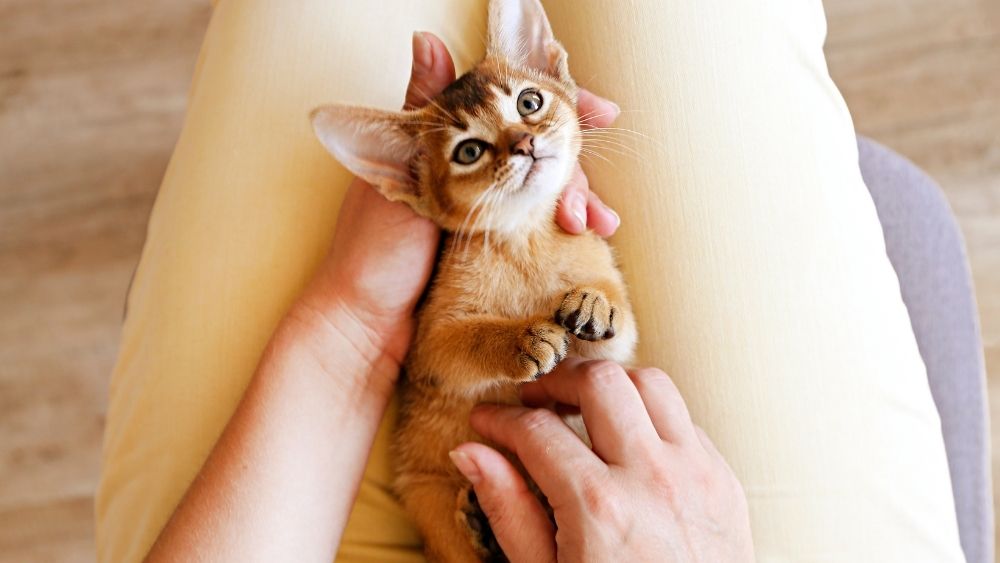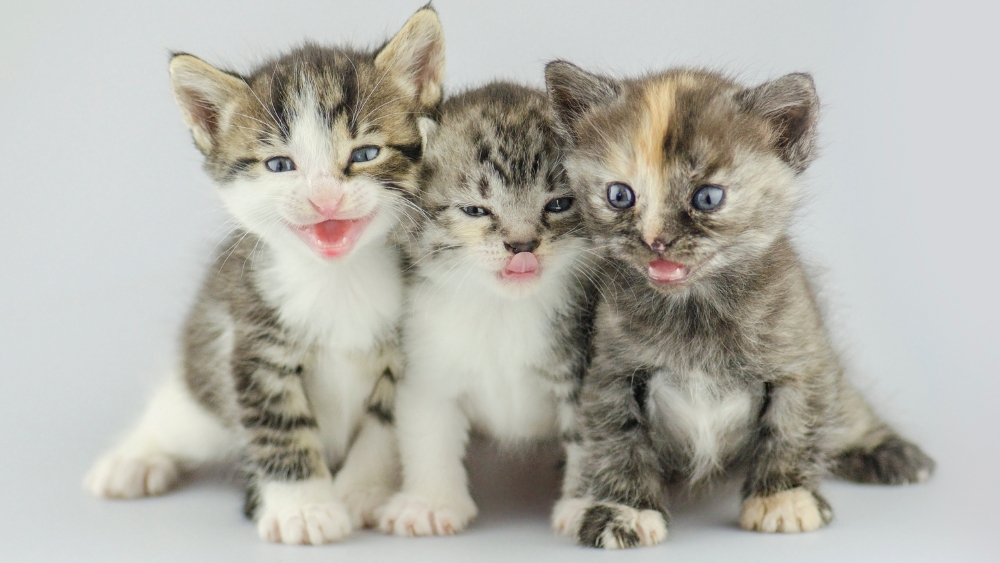Share this resource or email it to a friend!
IMPORTANT UPDATE: Since this FIP blog series was written, advancements have been made in FIP treatment, including the legal availability of oral formulations of GS-441524 in the United States. Please visit Cornell Feline Health Center, EveryCat Health Foundation and University of California Davis Koret Shelter Medicine Program for the most up-to-date information. Always work with a veterinarian for treatment and support.
This is part 2 of a 5-part series on FIP. Please read about the discovery of FIP and the role of Feline Coronavirus (FCoV) in the development of FIP in part 1.
In approximately 10% of FCoV-infected cats, the virus replicates in white blood cells called macrophages.1 These cells, part of the immune system that fight off invaders, eliminate the virus in all but 0.3-1.4% of those cats.2 In those cats who don’t eliminate the virus, the virus converts to Feline Infectious Peritonitis Virus (FIPV). FIPV is confined to infected macrophages and doesn’t spread from cat to cat.
However, FIPV-infected macrophages escape the cat’s intestines and migrate via the blood throughout the body. The macrophages then replicate in the: small veins lining the peritoneal cavity, the space within the abdomen that contains the intestines, the stomach, and the liver; uveal tract, the middle layer of the eye; and parts of the brain and spine. The incubation period from first replication in macrophages to recognizable disease as FIP is days to months.
FIP can occur at any age, but 80% of cats diagnosed with FIP are less than 3 years old; 29% are kittens less than 6 months old.3
FIP exists in a wet (effusive) and dry (non-effusive) form, although the form may change from wet to dry, or dry to wet, during the course of the disease. Which form develops depends on the cat’s immune response; about 50% of cats develop wet FIP, and 50% develop dry FIP.4
Cats with wet FIP have a pot-bellied appearance due to effusion, the build up of fluid in the abdomen. The effusion is straw colored and thick, and the abdomen feels like a water balloon (as opposed to a pot-bellied kitten who is bright and alert, but has intestinal parasites or is gassy or well-fed). Effusion may also build up in the chest and make breathing difficult.
The dry form of FIP is harder to diagnose than the wet form. In the dry form, granulomas, small masses related to immune system response, develop in the liver; the kitten may appear jaundiced (yellow). Granulomas may also develop in the eye and brain and cause seizures. These need to be differentiated from other causes of seizures, such as head trauma, chemical imbalances and rabies, a fatal disease which can be transmitted to people and other animals.
Multi-cat environments, such as catteries, favor the development of FIP. Particular pedigreed bloodlines within a breed, rather than the breed itself, have three times greater incidence of FIP than random-bred cats. Males are slightly more susceptible. Animal shelters, rescue groups and foster homes also have a higher incidence of FIP, and if there is additional stress in these environments, the odds of FIP occurring increases.
Until recently, fewer than 5% of diseased cats, usually those with milder forms of dry FIP to start, would survive longer than one year, even with the best symptomatic care.5 The good news is that 80-85% of cats with FIP are being cured with a new treatment,6 which will be discussed in Part 4 of this 5-part series on FIP.
Did you miss the first article in the series? Read FIP Part 1
Reference and Resource Information for FIP Series, Part 2
- Severine, T. Diagnosis of feline infectious peritonitis: Update on evidence supporting available tests. J Feline Med Surg. 2018; Mar; 20(3):228-243.
- Feline Infectious Peritonitis (European Advisory Board on Cat Diseases)
- FIP in Aged Cats (School of Veterinary Medicine, University of California Davis)
- WINN FIP SYMPOSIUM: PURRsuing FIP and WINNing (EveryCat Health Foundation)
- Dr. Pedersen New Year’s Update: Neurological Ocular FIP (Save our Cats and Kittens from Feline Infectious Peritonitis-SOCK FIP)
- Summary of GS-441524 treatment for FIP (School of Veterinary Medicine, University of California Davis)






